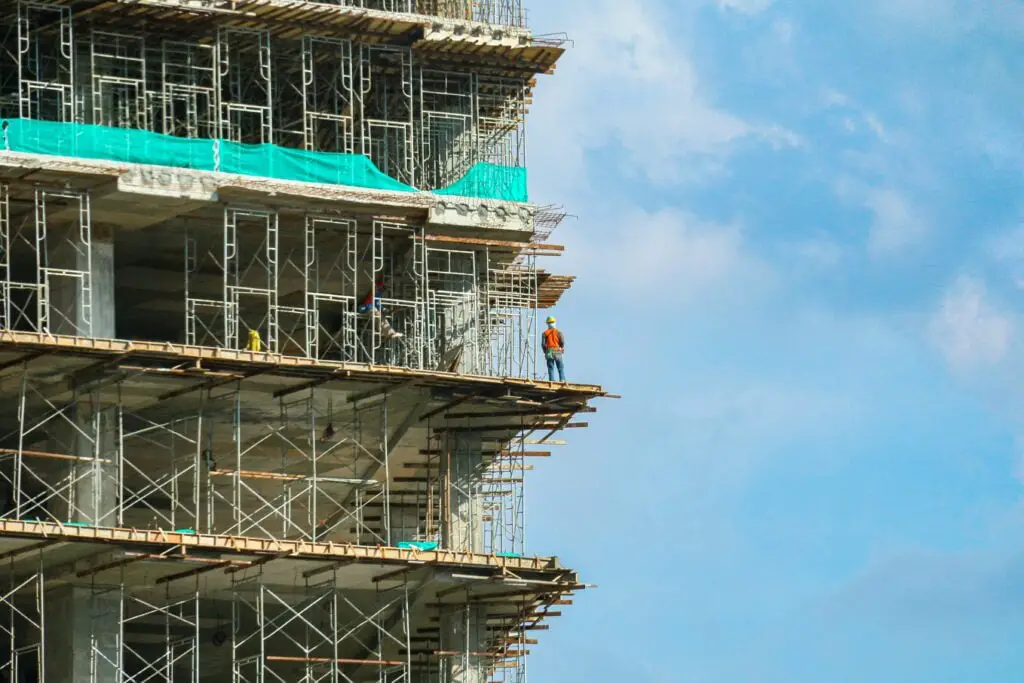The construction industry is notorious for its demanding and high-pressure environment. Whether it’s tight project schedules, budget constraints, complex designs, or safety regulations, construction professionals often find themselves dealing with significant pressure.
Successfully navigating these challenges requires a combination of efficient planning, effective communication, and adaptable problem-solving. In this article, we will explore various strategies to help construction teams cope with pressure and achieve successful project outcomes.
1. Comprehensive Planning and Preparation
Thorough planning and preparation are the foundation for handling pressure in construction. Create a detailed project schedule, breaking it down into smaller milestones and tasks. Allocate adequate time for each phase, considering factors such as weather conditions and availability of materials. Review the project scope with the team and stakeholders to set realistic expectations and align everyone’s understanding of the project’s objectives.
2. Effective Communication and Collaboration
Open and clear communication is essential in construction projects, especially when dealing with pressure. Foster a collaborative environment where team members can share their ideas, concerns, and progress openly. Regularly conduct team meetings to discuss project status, address challenges, and brainstorm solutions collectively. Encourage feedback and input from all team members to ensure everyone feels valued and engaged.
3. Risk Management
Identifying and managing potential risks early on can significantly reduce pressure during construction. Conduct a comprehensive risk assessment at the beginning of the project and continuously monitor potential risks throughout its duration. Develop contingency plans for critical risks to minimize disruptions and unexpected setbacks. Regularly review and update the risk management plan as the project progresses.
4. Invest in Technology and Innovation
Adopting modern technology and innovative solutions can streamline construction processes and alleviate pressure. Construction management software, Building Information Modeling (BIM), and drones are some examples of technologies that can enhance project efficiency and accuracy. Embrace automation and digitalization to reduce manual tasks and improve productivity.
5. Prioritize Safety
Safety should never be compromised under any circumstances. Implement strict safety protocols, conduct regular safety training sessions, and enforce safety measures throughout the project. Ensuring a safe working environment not only protects workers’ well-being but also reduces the likelihood of costly accidents and project delays.
6. Delegate Responsibilities
Avoid micromanaging and delegate responsibilities to capable team members. Empowering your team with trust and autonomy fosters a sense of ownership and accountability. This enables you to focus on critical decision-making and overall project coordination while ensuring that tasks are completed efficiently.
7. Manage Expectations
Clearly communicate project timelines and deliverables to clients and stakeholders, managing their expectations from the outset. Honest and transparent communication about potential challenges and unforeseen circumstances will help build trust and understanding between all parties involved.
8. Stay Agile and Adaptable
Construction projects are rarely smooth sailing. Being flexible and adaptable to changes is crucial in dealing with pressure. When unexpected challenges arise, assess the situation, and adjust the plan accordingly. Agile project management methodologies can be beneficial in handling uncertainty and dynamic situations.
9. Foster a Positive Work Environment
Maintaining a positive work environment can significantly impact how well your team handles pressure. Recognize and reward team members for their efforts and achievements, fostering a sense of camaraderie and motivation. Encourage a work-life balance, as burnout can lead to reduced productivity and increased errors.
Conclusion
Pressure is an inherent aspect of the construction industry, but with the right strategies and mindset, it can be effectively managed. Comprehensive planning, effective communication, risk management, embracing technology, prioritizing safety, and fostering a positive work environment are key factors in successfully dealing with pressure in construction. By implementing these strategies, construction professionals can navigate challenges with confidence and achieve successful project outcomes.
To see other material construction prices, please see here.
To know other construction guides, tips, and methodology for beginners, veterans, and contractors, please see here.

